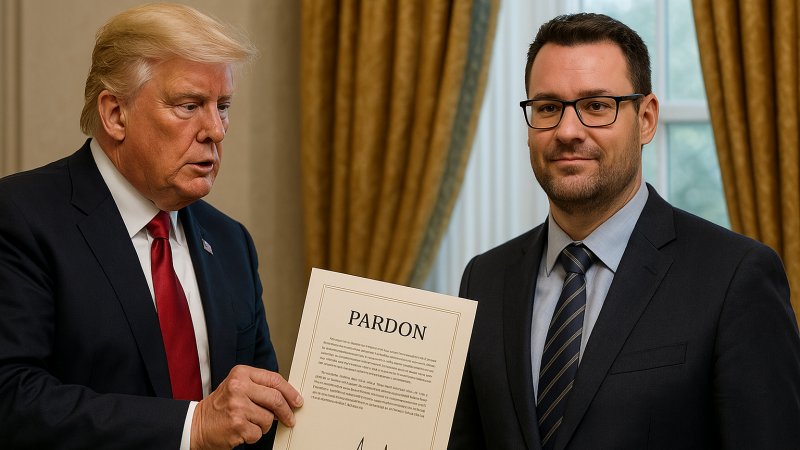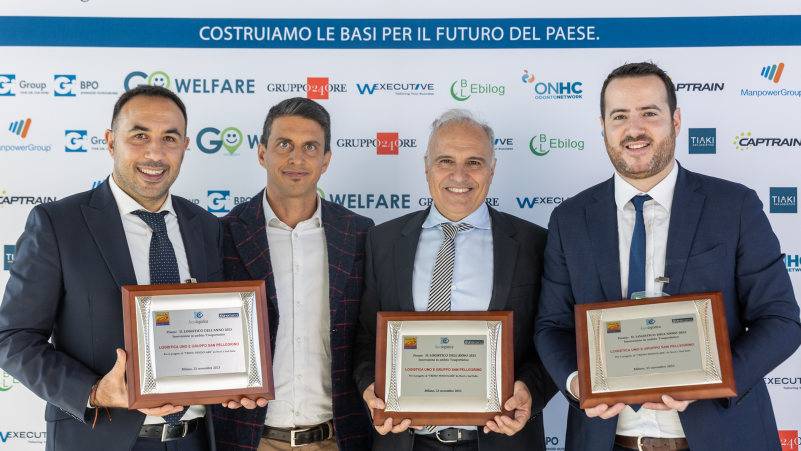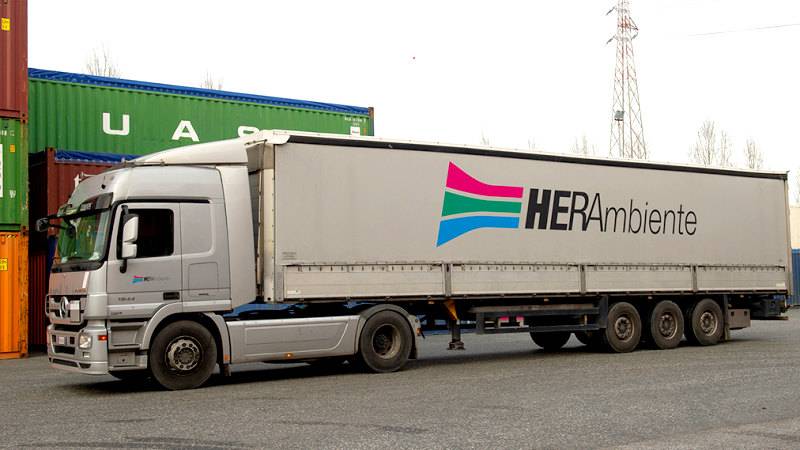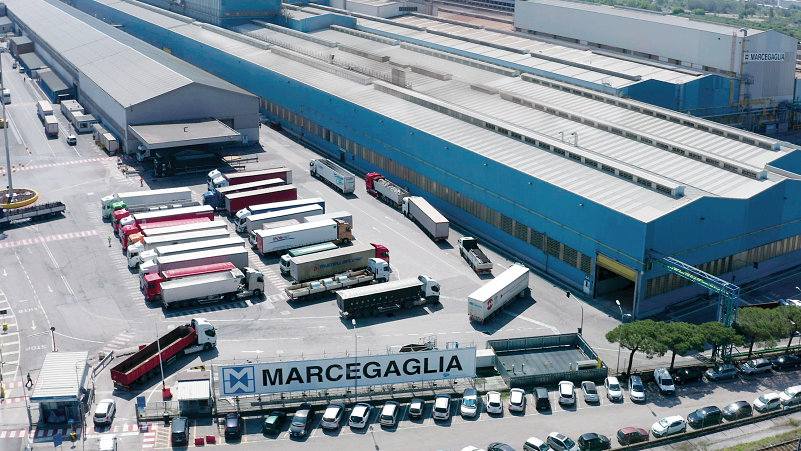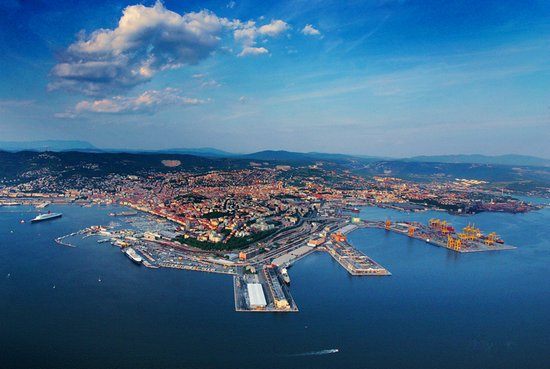Trade relations between Italy and the United States face a period of significant uncertainty following the announcement on 12 February 2025 by the Trump administration of the launch of the Fair and Reciprocal Plan. This new customs strategy aims to recalibrate US import tariffs, making them “mutually fair” in comparison to those applied by other countries. The underlying logic is straightforward: if a trade partner imposes higher tariffs on a given product, the United States will respond in kind. Unsurprisingly, the most frequently cited example concerns the European automotive sector: currently, American cars face a 10% tariff when entering the European Union, whereas European cars pay only 2.5% to access the US market.
Although in 2022 US companies paid on average just 1.1% in tariffs to export to Italy, compared to an average 3.1% paid by Italian firms to enter the US market, the picture is more complex than these averages suggest. In fact, over half of the goods traded between the two countries—51%—are subject to higher tariffs in Italy. Crucially, these disparities are found in sectors where Italian exports are strongest: transport, agri-food, mechanical and electronic engineering, rubber and plastics. In other words, if the United States were to implement full tariff reciprocity, Italian businesses would face a critical scenario, with a real risk of punitive measures targeting goods worth around $32 billion in exports.
Between 2022 and 2024, Italy maintained a strong trade surplus with the United States, averaging $48.9 billion per year. The main drivers of this performance were mechanical and electronic goods ($14.5 billion), agri-food products ($6.7 billion), transport equipment ($6.4 billion), chemicals and pharmaceuticals ($5.7 billion), and fashion—worth over $7 billion when combining clothing, footwear, textiles, leather and hides. Yet it is precisely these sectors that are now most at risk from the new tariff measures being considered in Washington.
In the specific case of transport equipment manufacturing, for example, Italian products would face an average tariff hike of 5.6 percentage points, against an annual export volume of $6.6 billion. A similar trend appears in the agri-food sector, where tariffs could rise by 5.8 percentage points, affecting $1.9 billion worth of exports. Mechanical and electronic goods, though the most valuable category at $11.8 billion annually, would see more moderate increases, around 1.4%.
The analysis, conducted by the Assolombarda Research Centre using data from the World Bank-WITS database, shows that out of approximately 1,200 products classified under the SH6 system, as many as 485 could be subject to higher tariffs if perfect reciprocity were enforced. In nine out of ten cases, the increase would be moderate—under five percentage points—but still enough to erode the competitiveness of many Italian products in the US.
By contrast, only 30% of Italian exports currently face higher tariffs in the United States than those imposed in Italy. These are mainly fashion-related goods, including footwear, clothing, textiles, leather and hides. In these sectors, in theory, the principle of reciprocity should lead to a reduction in US tariffs, but there appears to be no political momentum in Washington to pursue such adjustments.
The reciprocity principle put forward by the new US administration thus emerges as a potential destabilising factor in bilateral trade relations. And it extends beyond tariffs, touching on other fiscal mechanisms such as value-added tax. Peter Navarro, adviser to the Trump administration, has repeatedly described Europe’s VAT as a de facto trade barrier, claiming it effectively triples the impact of existing tariffs on American goods. However, given the current lack of detail on how such fiscal elements might be incorporated into the new plan, the study focused solely on customs tariffs.
The implications for Italy’s manufacturing and logistics systems are far from negligible. A potential tariff war would place particular pressure on the transport sector, where supply chains are highly internationalised and margins especially vulnerable. Companies may be forced to rethink distribution strategies, logistics decisions and commercial policies in an already uncertain global environment. In such a scenario, the challenge will not be merely to defend current positions, but also to reconsider Italy’s broader positioning in the US market.




